Has the Pandemic set Female Leadership Backwards?
There’s no denying that female leaders have had their fair share of life-changing breakthroughs within the past century. From achieving equal voting rights, to ripping up the men-only job role rulebook. Reputations have been transformed from passionate hunger-strikers to confident covid-busters. With each female powerhouse having a stratospheric effect on the gender equality movement. Modern-day activists may not be hunger-striking, post-box burning individuals. Instead, these women have been aligning with passionate intellects such as Michelle Obama or New Zealand Prime Minister, Jacinda Ardern in the continuous battle of achieving equality for the sexes.
We like to think of women in power as representatives of the paradigm shift away from female repression, but are we really there yet?
Research throughout the course of the pandemic proves that we may be approaching an unanticipated series of potholes on the journey towards equality. In March 2020, the once-in-a-lifetime pandemic (taps the wooden table beneath her laptop) led to worldwide school closures and a complete uphaul in businesses activities. Evidence proves that Women’s jobs were 1.8 times more vulnerable to the crisis than men’s jobs. As a result, Covid-19 disproportionately impacted women in the workforce as they were forced to take on uncompensated caregiving roles at home and in life in general. The World Economic Forum had previously forecast that gender parity was 100 years from fruition. Since the outbreak of the pandemic, they’ve added a further 36 years to this calculation! Basically, coronavirus has cast a 36-year freeze over our gender equality development.
With women steering the way in some of the world’s most esteemed organisations, you may think that female leadership trends are on a one-way route to success. Not quite. If women are forced to leave the workplace, we’ll end up with far fewer women on the track to future leadership. The mass exodus of female employees is at risk of sending a message that they are unreliable leaders. Not only does this damage the female representation. It also has reverberating effects for businesses that benefit from maintaining a gender and diversity balance and risks stalling efforts to build a more diverse leadership.
Women bring a lot to the table – different perspectives, managerial styles and different ways of collaborating. Research has shown that firms with more women in senior positions are more profitable, more socially responsible, and provide safer, higher-quality customer experiences among other benefits. McKinsey research has found that gender diversity is key to financial success: Companies in the top quartile for gender diversity on executive teams were 25% more likely to have above-average profitability than companies in the fourth quartile.
What can organisations do to counteract the exodus of female employees?
Conditions in the workplace must be suited to accommodate the challenges facing women as they return to work. Pay attention to the training and development of females. Understand their roles as caregivers and being mindful of burnout. The onus is on businesses to remember the benefits which their female employees bring to the workplace. Curated support is essential. Of course, it’s easier said than done, but companies and brands need to invest in education, family planning, digital inclusion and unpaid care work.
Gender parity is about men and women considering each other as allies in the workplace. Reversing the regressive trend requires rigorous action. Participating organisations will be nurturers of future female leaders in the continuous battle for gender equality.
At Kelly, we are all about supporting diverse workplaces.
If you are searching for talent to support the development of a diverse team, find out more about what we do to recruit for a better world by clicking here.


CONTACT US
Talk to us about finding a new job:
Talk to us about finding talent for your team:

Copyright© 2024 Gi Group SpA. All rights reserved.


